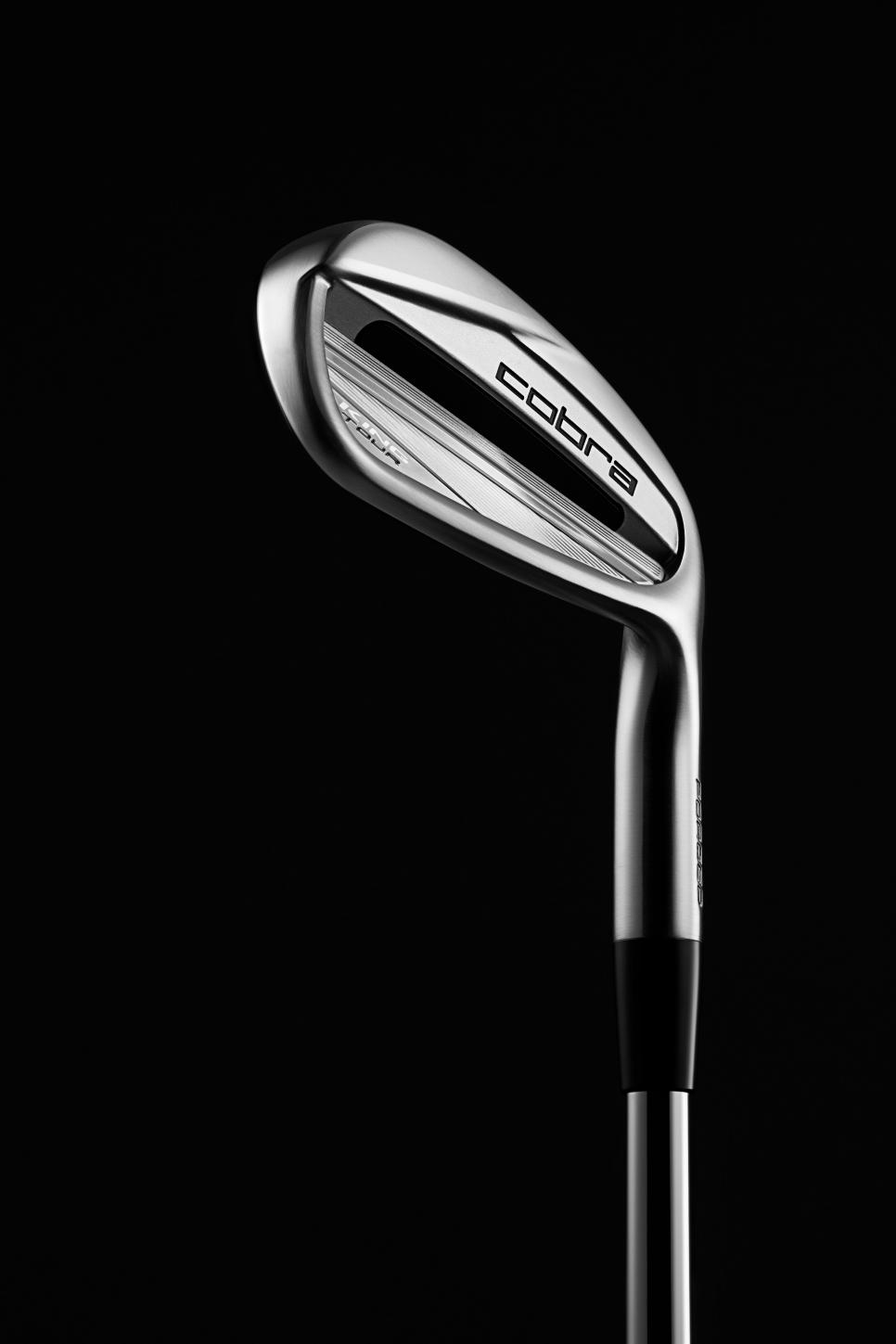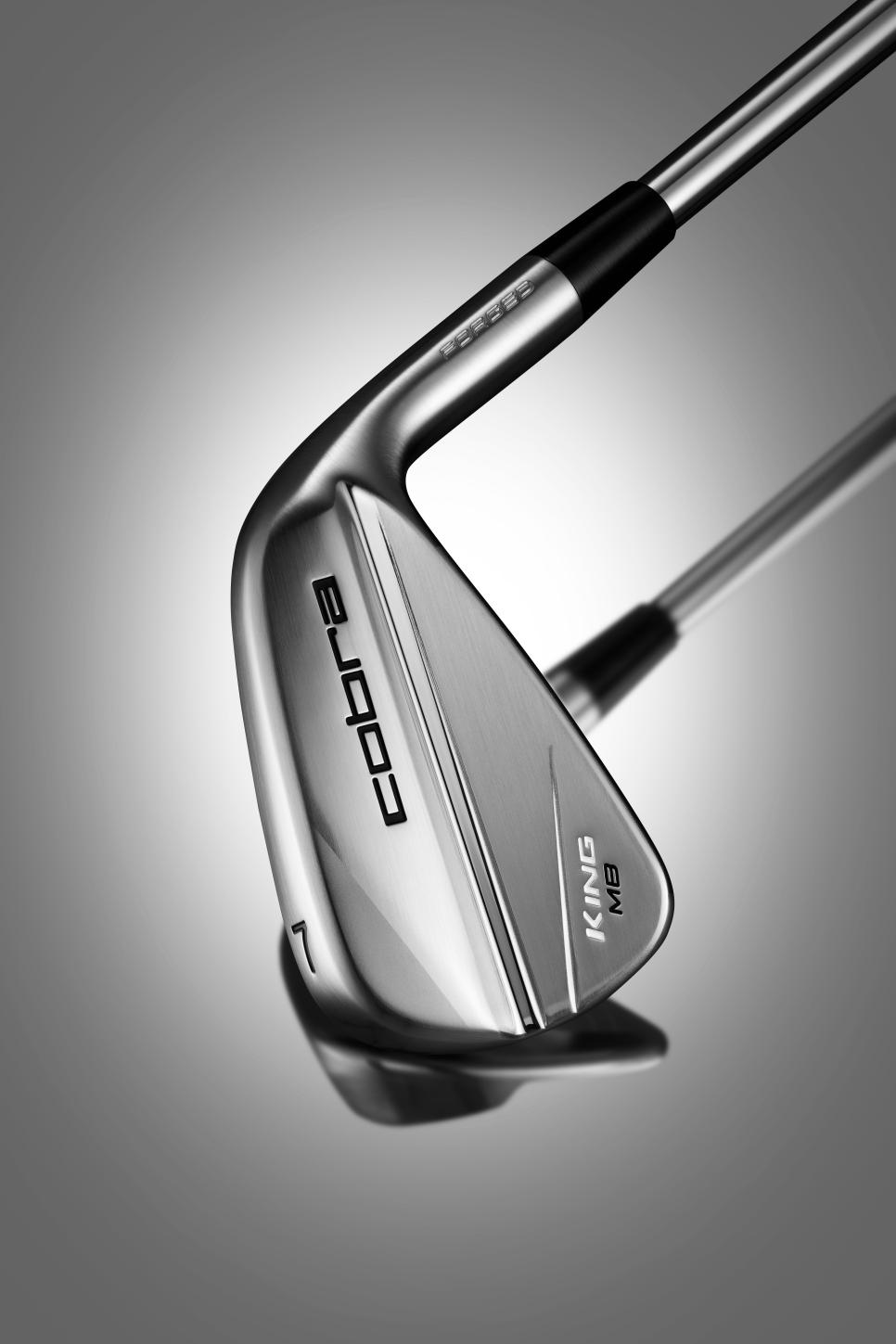WHAT YOU NEED TO KNOW: Cobra’s latest iron introductions include a revamped King Tour model and an update to the company’s CB/MB model. All employ a five-step forging process that not only produces repeatable shapes and spec tolerances, but enhances the feel of the iron as well. A King Tec utility iron also was introduced for those needing more help getting their long irons airborne.
PRICE/AVAILABILITY: The Cobra King CB/MB irons are $299 (steel) per iron while the King Tour irons cost $299 (steel) each. The King Tec utility irons are $379 in steel and $399 in graphite. All are in stores across Australia on February 10.
RELATED: Cobra King Tec hybrid, King Tec utility iron – what you need to know
3 COOL THINGS
1. A heavy hit. The word “forged” is bandied about so freely in golf that many assume all forms of forging are the same. That’s nowhere close to the truth, and all three of Cobra’s new irons (King CB, King MB and King Tour) illustrate that point well. That’s because each goes through a five-step forging process to deliver irons with not only a pleasing feel, but a more precise shape.
Most forgings are a four-step process, so what’s the big deal about an extra hit? As it turns out, quite a bit. During the final step, each iron is struck with 2,000 tonnes of pressure at 700 degrees Celsius. That allows the irons to require less polishing, which can reduce inconsistencies and improve weight tolerances. It also allows for more uniformity with face flatness and loft and lie angles.
“The five-step forging process is critical to both the feel produced at impact by each of our new King irons as well the consistency of performance,” said Tom Olsavsky, vice-president of R&D for Cobra Golf. “Players who desire the feel of forged want a soft sensation at impact rather than one that’s overly crisp, and our process delivers the desired sensation. But forgings can also be lacking in consistency due to the challenges involved in the forging process, all of which we’ve improved on by creating forged irons with superior precision from clubhead to clubhead. Players who favour forged irons now have the option to enjoy all the benefits of a forging with the consistency normally associated with cast products.”

2. Same name, different club. Although carrying on the King Tour name from its predecessor, the latest version is a bit of a departure. For starters, while the previous King Tour used a metal-injection-molding (MIM) process to create the clubhead, that’s no longer the case. Instead, the aforementioned forging process delivers the consistency of MIM while delivering a pleasing feel.
A key to the forgiveness factor is the CNC-milled undercut in the back cavity of each iron, which allows weight to be repositioned from high centre to lower centre and the heel and toe areas of the clubhead. This not only increases launch but provides more forgiveness on off-centre strikes. These cavities progress from deeper in the long irons (for enhanced stability) to shallower in the short irons (for better control with the scoring clubs). A thermoplastic urethane fills the cavities to keep the feel just right. The company is also introducing its latest King Tec utility irons for those needing more help with their long irons.

3. The choice is yours. This progressive set – where more forgiving cavity-backs are used up to the 6-iron before transitioning to more controllable muscle-back irons for the rest of the set – might not appeal to the largest audience, but it is a discerning one. Which is why some of the smaller details should not be overlooked. Take the milled face and grooves to enhance spin control or the added bonus of Cobra Connect – electronically enabled Lamkin Crossline grips with the Arccos system that, when paired with the Arccos Caddie app, allow players to track their stats. There’s also the ability for golfers to choose where the break in the set occurs or go full cavity-back or muscle-back.
